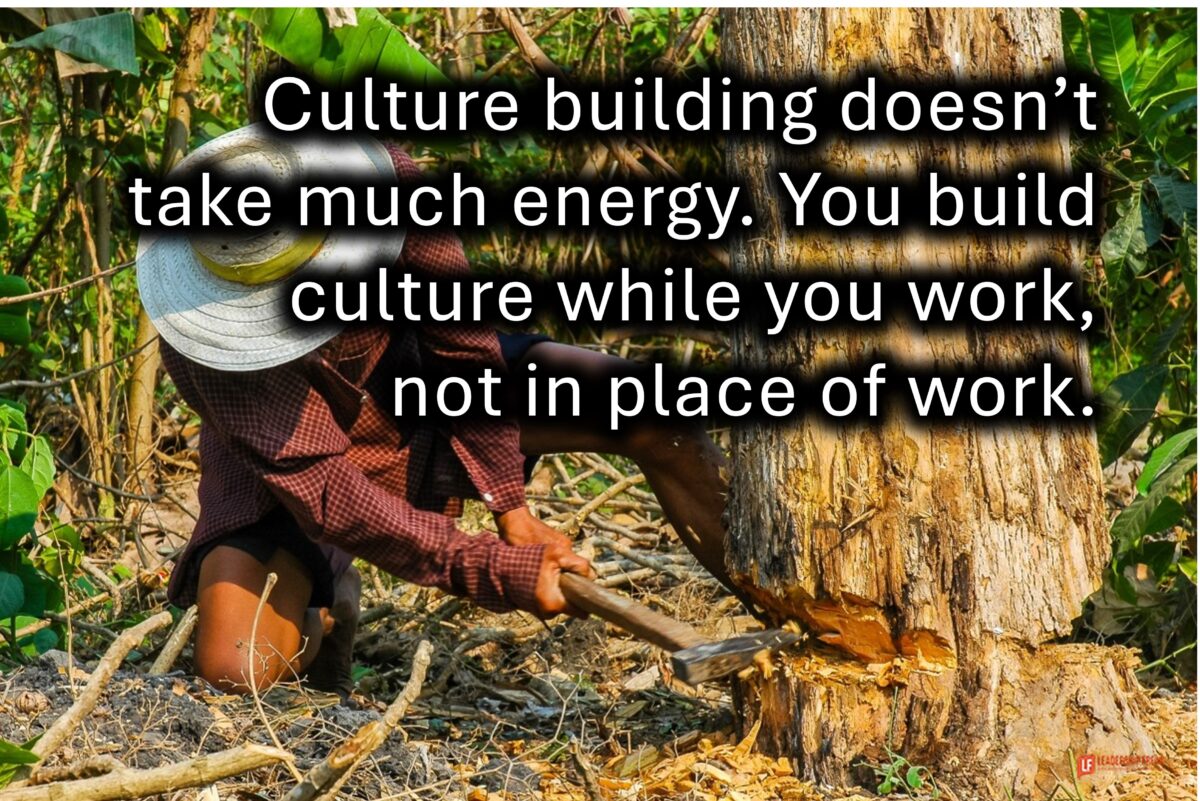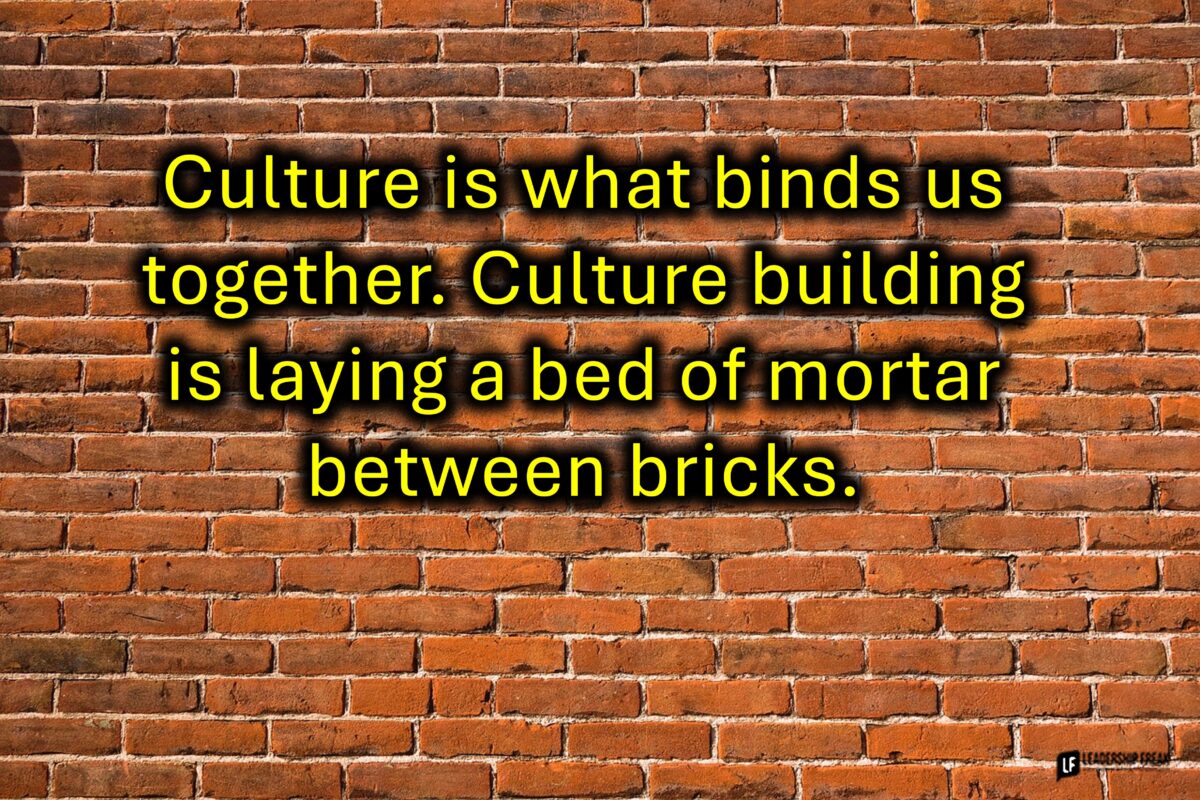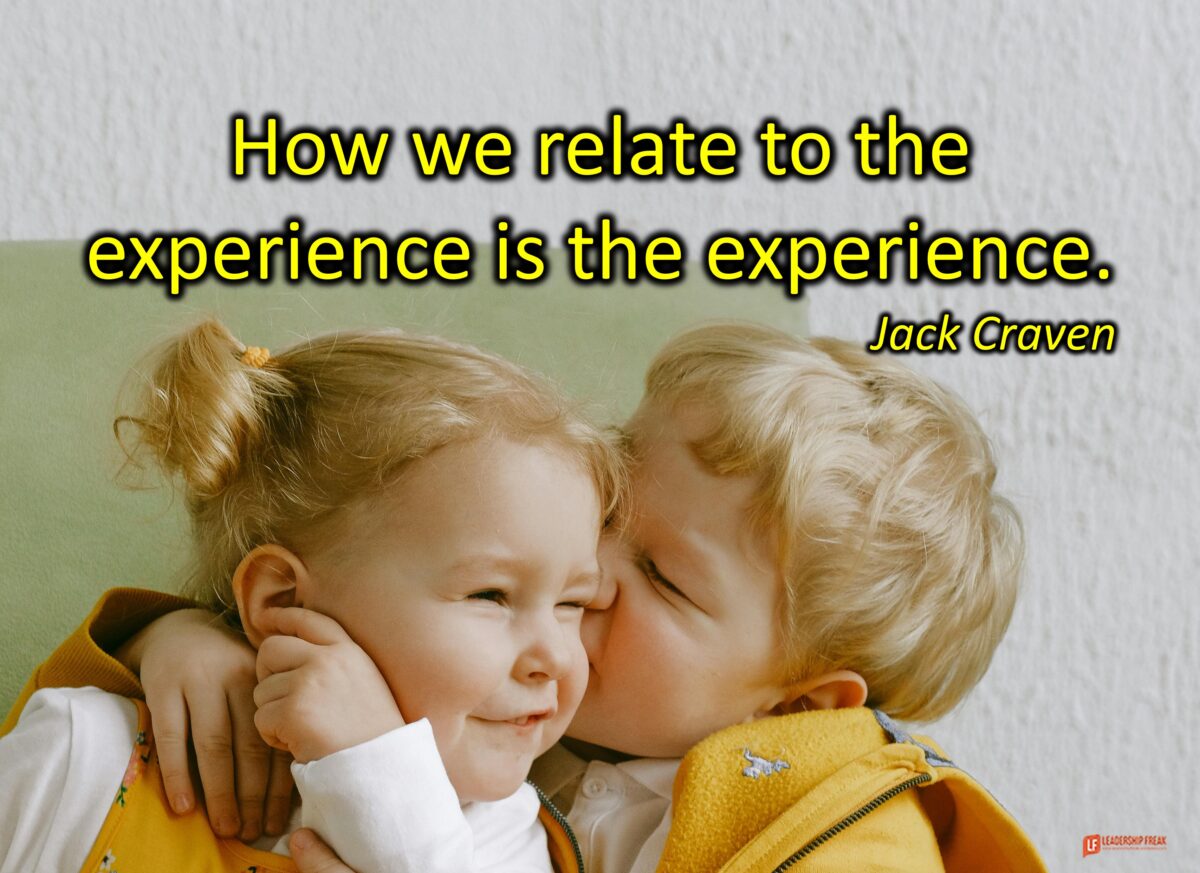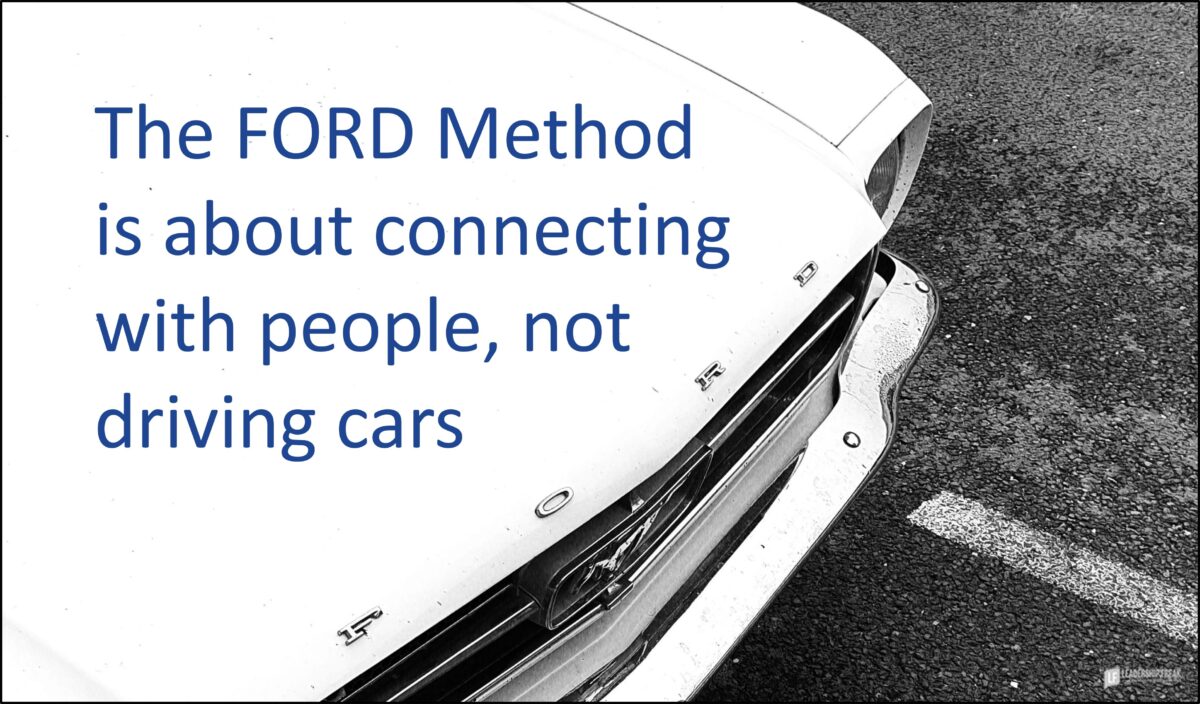The 10 Simplest Ways to Turn Challenges into Opportunities
Even optimists know sunny skies grow dark quickly.
Plans derail. Teams implode. Results disappoint. Talent moves on. Mistakes escalate. Crisis erupts. Skillful leaders turn challenges into opportunities.
The 10 simplest ways to turn challenges into opportunities
#1. Recall.
Find confidence by looking back. Think about times your team turned challenges to opportunities in the past.
#2. Reflect.
Big obstacles are accusers. “You can’t do it.”
What did you do well when you turned challenges into opportunities? Who rose to help? Name one thing you want to stop doing. One thing you want to begin.
#3. Reduce.
Shrink challenges into near-term goals. Forget about next month. What can you do today?
Reject “nice to do”. Focus on “must do”.
Action answers anxiety.
Inaction amplifies anxiety.
#4. Realign.
Crisis clarifies what matters. What matters now?
#5. Reconnect.
Strengthen relationships within the team and with external partners.
- Who has wisdom you need?
- Who has encouraged you in the past?
- Who has experience that applies to your current situation?
#6. Rethink.
Big challenges call for new strategies. Old ways of doing don’t work when tornadoes show up.
#7. Reassign.
People take on new responsibilities when teams turn challenges into opportunities. Temporary shifts may stabilize into permanent roles that provide greater fulfillment.
#8. Recruit.
Seek new talent, both internal and external. Who is waiting for the opportunity to make a difference?
Turn challenges to opportunities by turning toward them, not away.
#9. Reassure.
Let people know they matter and that you believe in them.
#10. Reassess.
Evaluate methods frequently. Focus on what’s working. Acknowledge what didn’t work and let it go.
Bonus:
What resources are available now? Forget about finances and people you wish you had. What’s available now?
What’s one thing from the above list that applies to you today?
What can you add to the above list?
Still curious:
How to Reinvent Your Relationship with Problems and Opportunities
4 Ways to Turn Problems into Opportunities
How to Change Your Mindset to See Problems as Opportunities
Like this:
Like Loading…

































